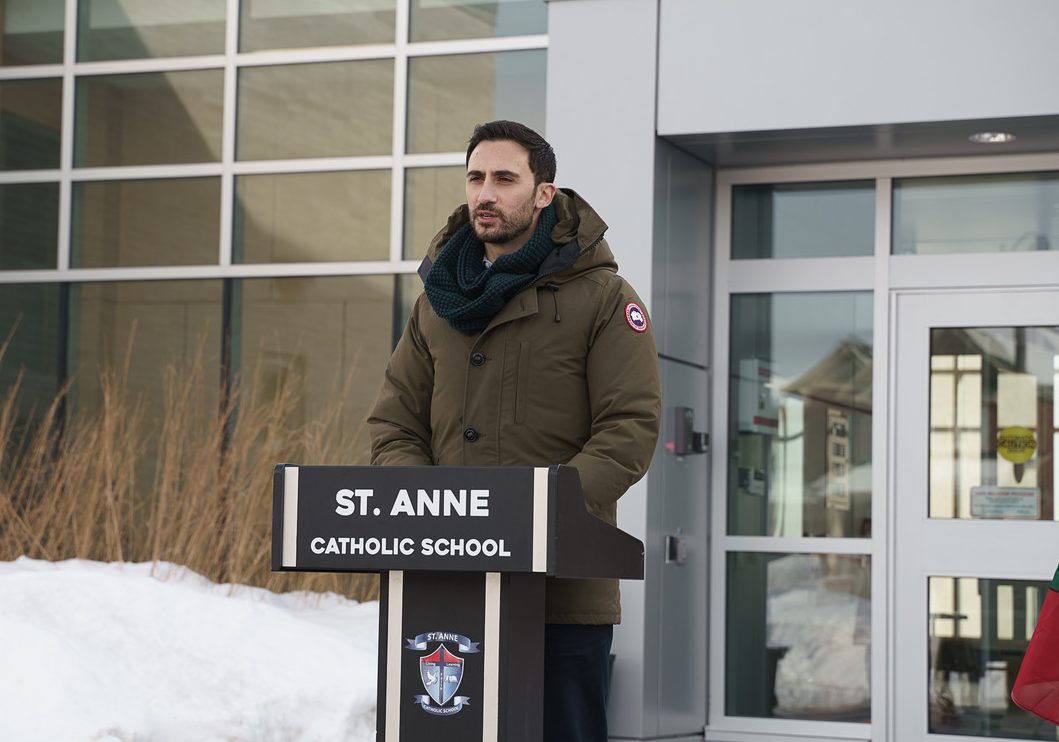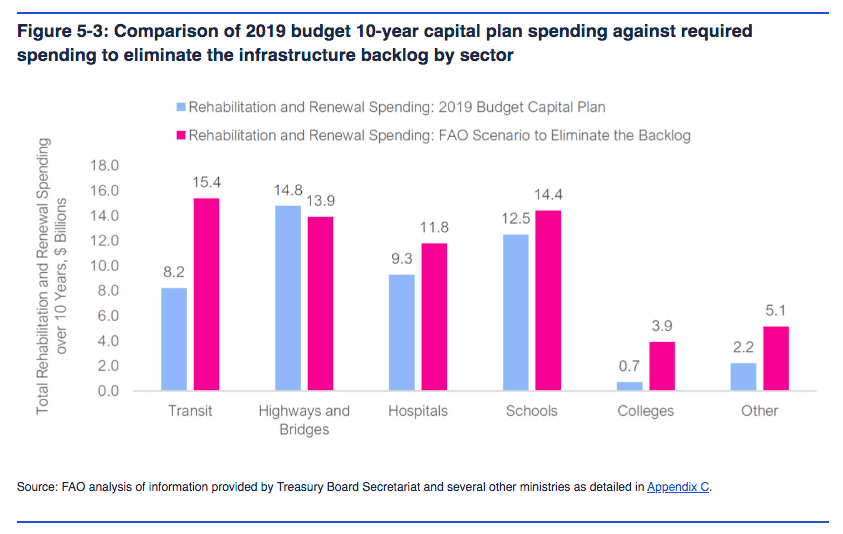Ontario earmarks $12 million for Whitby French Catholic elementary school as part of Education investment
Published May 6, 2022 at 11:40 am

Another week and another new school announcement in Durham Region from the Ontario government as the province earmarks $12 million for a new École élémentaire catholique (Catholic Elementary School) in Whitby’s Brooklin community.
Hot on the heels of sending $46.4 million to a new Oshawa high school on April 29, Whitby MPP Lorne Coe announced another school set to receive funds.
Both schools are part of Ontario’s new plan to invest $500 million this year to build and improve schools, announced by Education Minister Stephen Lecce. In all 37 schools and 23 child-care projects will get a funding boost under this plan to create space for 15,700 new student and 1,502 child-care spaces.
Of that total, Brooklin is set to get 354 student space and 49 child-care spaces. “The new École élémentaire catholique in the hamlet of Brooklin will provide choice and flexibility for hard-working families and new learning opportunities for students.” said Coe.
Lecce agreed. “We believe that students deserve to learn in-person in state-of-the-art facilities that are internet connected, accessible, with modern ventilation systems, which is why our government is delivering a major investment that accelerates construction to get it done for parents, students, and communities.”
While $500 million may sound like a lot, it’s a drop in the proverbial bucket compared to the work that needs doing for Ontario schools to meet Lecce’s belief. According to a CBC investigation last fall, the Toronto District School Board alone faced a $3.7 billion repair backlog.
The Toronto bill, including $682 million from the Catholic Board make up a quarter of the overall Ontario schools repair bill. In total it would cost $16.8 billion to bring all of the province’s schools out of disrepair.
Schools in the DDSB are in better shape. All but one have brought their facility condition index (FCI), a measurement comparing the cost to repair a school to the cost to replace it, down beneath 60 per cent over the last few years.
Essentially this means all but one DDSB school would cost at least 40 per cent more to replace than to repair. The DDSB school in the worst condition is Beaverton Public School with an FCI of 83 per cent.
Until the latest commitment the Government of Ontario under both Doug Ford and his Liberal predecessors under Kathleen Wynne spent about $1.4 billion every year on school repairs.
A Financial Accountability Office Report of last years budget found, despite COVID-19 related funding top-ups, overall Ministry of Education funding decreased by $800 million.
Meanwhile an FAO report from 2020 found the only sector with enough funding over the next ten years was highways and bridges, a sector with $900 million more allocated than it needed. Schools were short $1.9 billion to renew themselves.

Ontario infrastructure renewal funding shortfall 2019 to 2029 – via Ontario Financial Accountability Office.
Ontario’s announcement commits to boost in that funding, which would amount to a total of $14 billion over the next decade.
However, this is still nearly $3 billion too little to cover the total repair costs and much of the funding committed is going to new builds like Brooklin’s new École élémentaire catholique rather than to more cost-efficient repairs.
“We commend you for signing the Fix Our Schools Pledge during the election, and making the personal commitment to ensure all Ontario’s schools are safe, healthy, well-maintained buildings that provide environments conducive to learning and working. However, as you know, your government has not done any work towards fulfilling this commitment,” said advocacy group Fix Our Schools in a blog post addressed to Pickering-Uxbridge MPP and Finance Minister Peter Bethlenfalvy.
It would cost the government more than $88.1 million to fully repair the 33 schools in Bethlenfalvy’s riding with an average price tag of more than $2.6 million per school.
The Federal and Provincial governments are also putting $656.5 million into infrastructure projects to protect students and staff from COVID-19. The majority of these funds (80 per cent) come from Federal grants while the province has coughed up around $131.3 million to cover the remainder.
insauga's Editorial Standards and Policies advertising






